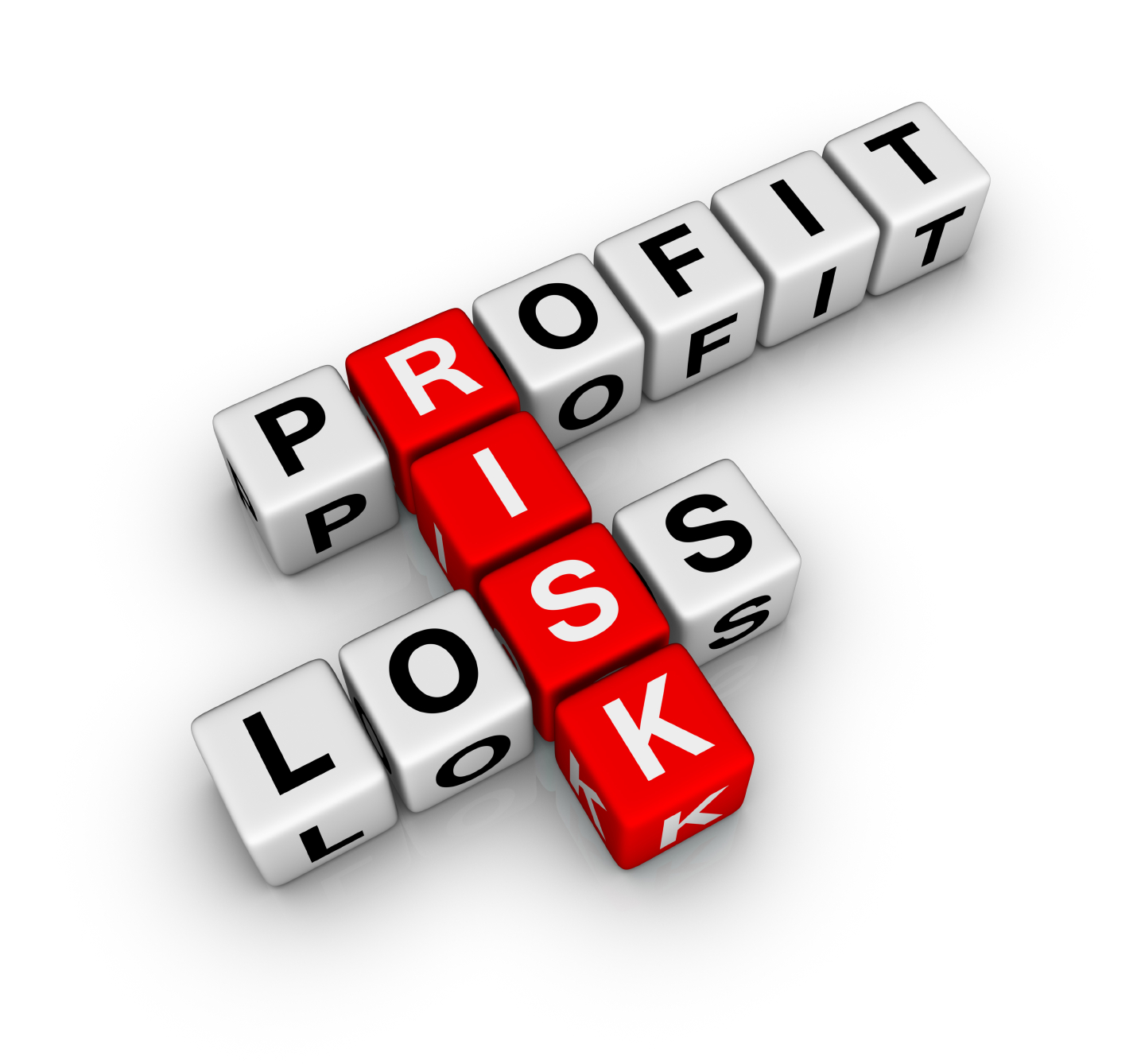Real Estate Investors Terminology. This week we look at the potential profit or loss in an investment.
 A successful Real Estate Investor has a good understanding of the key terms that Real Estate Investors use, what they mean, and how the values for the terms are determined. Once these keys terms are understood, then the Real Estate Investor can begin to understand and be successful in the Real Estate Investing business.
A successful Real Estate Investor has a good understanding of the key terms that Real Estate Investors use, what they mean, and how the values for the terms are determined. Once these keys terms are understood, then the Real Estate Investor can begin to understand and be successful in the Real Estate Investing business.
As a reminder, over the next several blog posts I will be digging deeper into the key terminology, explaining the meaning of them, and how they are determined. The last post in this series will bring it altogether to look at the potential profit or loss of a Real Estate Investment.
The terms we will be discussing are After Repair Value (ARV), Initial Purchase Cost, Repair Costs, Financing costs, Transaction costs, Buying & Selling costs, Holding cost, and Profit/Loss. Each of these terms is important and can have a big impact on the ability of and Real Estate Investor to make a profit. The potential profit or loss in a Real Estate Investment can be calculated by this formula:
After Repair Value – repair cost – financing cost – transaction cost – buying and selling costs – holding cost – initial purchase price = potential profit/loss
Potential Profit/Loss
As the old saying goes, “There are no guarantees in life, except for maybe death and taxes”, there is no guarantee of making a profit when in real estate investing. You have to find the right property, buy it at a fair price, finance it, repair it for the right cost, and sell it at a fair price. My previously blogs discussed this in detail. This blog will look at a typical example and the potential profit/loss.
Here is a typical example of the potential profit in a house that will sell for $200,000 after it has been repaired. Remember the “After Repair Value” is determined from the comparable properties that are selling in the neighborhood that your house is located in.
Typically, a house that an investor will buy that eventually will sell for $200,000 will be a 25 year or older home that will need a new roof, the kitchen and bathrooms need to be remodeled, the entire inside needs to be painted, floors needs to be repaired, doors and trim updated, deck will need to be repaired/replaced and landscaping will need to be refreshed. Assume the foundation is in good shape. The repair cost for the house described above will be approximately $55,000
In this example, we will assume the initial purchase price is $95,000 dollars. I know what you are thinking, If I buy a house for $95,000 and can sell this house for $200,000 and repair it for $55,000 then I will make a sizable profit. If you thought this, you would be making a big mistake for you have still account for the other costs. Remember the formula above!
Most people do not have money sitting around that is not invested elsewhere. You will need to finance the purchase cost, repair cost and holding cost. A bank is loaning money at a rate of 4.25- 5.5% now, a Private money lender will loan for around 8%, and a Hard Money Lender will loan for around 12%. In this example, it is assumed that the money will be financed by a private money lender, the finance cost will be approximately $8000.
The time to purchase the house, repair it and sell it will take about 6 months. During this time, you have to pay insurance, utilities, taxes and other miscellaneous expense. Assuming the tax on the property is $3500 dollars per year, the holding cost for 6 months will be approximately $3600.
When purchasing the property, the investor will typically cover fees that are typically the seller’s expense. In this example, the Title fees and Attorney fees are covered by the investor. This will be approximately $1750.
When selling the house, the investor will pay Title fees again, but will also have Realtor fees of 7% of the sale price, Transfer fees, Home Warranty fees, and miscellaneous Marketing fees. The Realtor fees is by far the largest. The total of these fees will be approximately $16,000.
Putting all these cost into the formula for profit/loss will yield the following result.
$200,000 (ARV) – $55,000 (repair cost) – $8000 (finance cost) – $1750 (purchasing transaction cost) – $3600 (holding cost) – $16,000 (selling transaction cost) – $95,000 (initial purchase cost) = $20,650.
In this example, the investor will profit $20,650. That will be the investors reward for 6 months of effort and taking the risk that the right repair estimate was done up front and there were no hidden expenses. This would be about a 10% return on investment.
The initial purchase price is often the key to making a profit or loss. You can quickly see that if the initial purchase price was $120,000, then the investor will lose money. Even with an offer of $120,000 for the purchase, many people not familiar with the total cost of investing will comment that this is a low offer. You have to know the total cost of investing or you would be in danger of losing money.